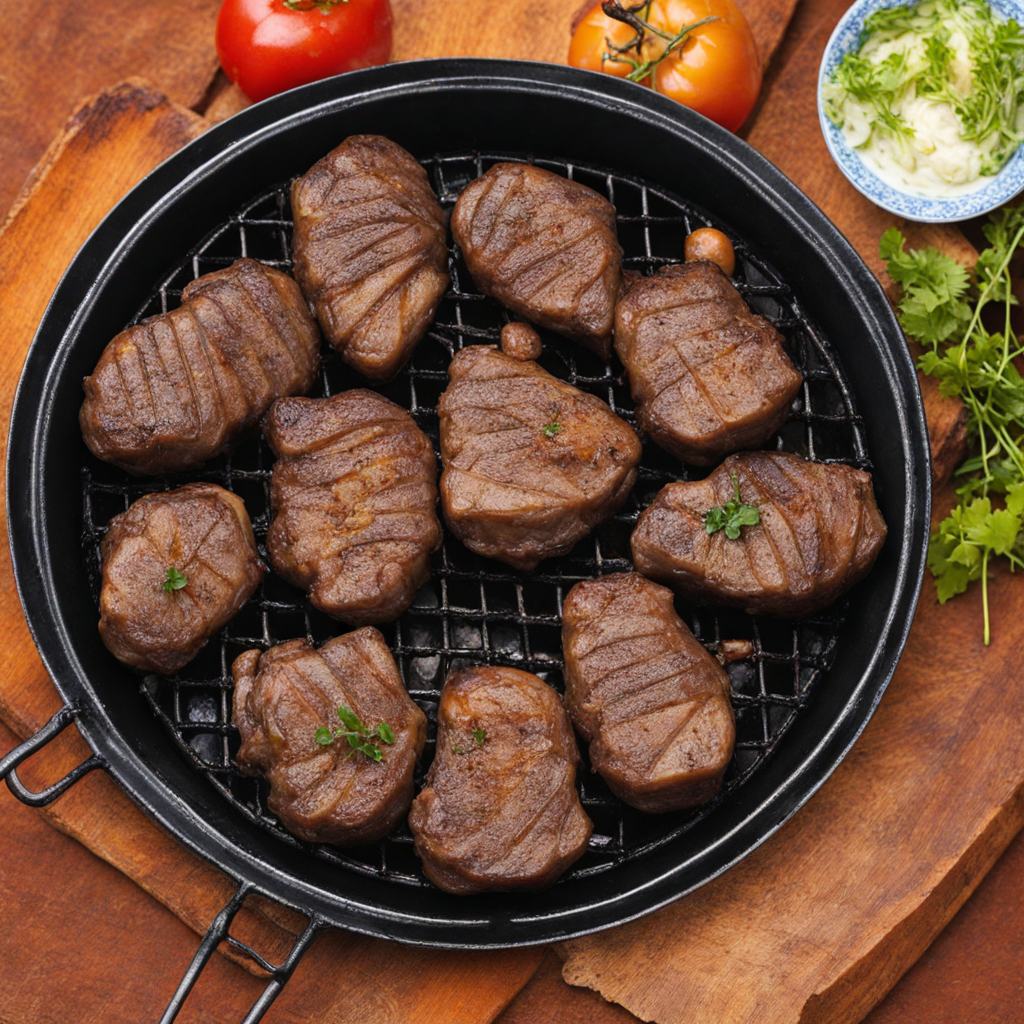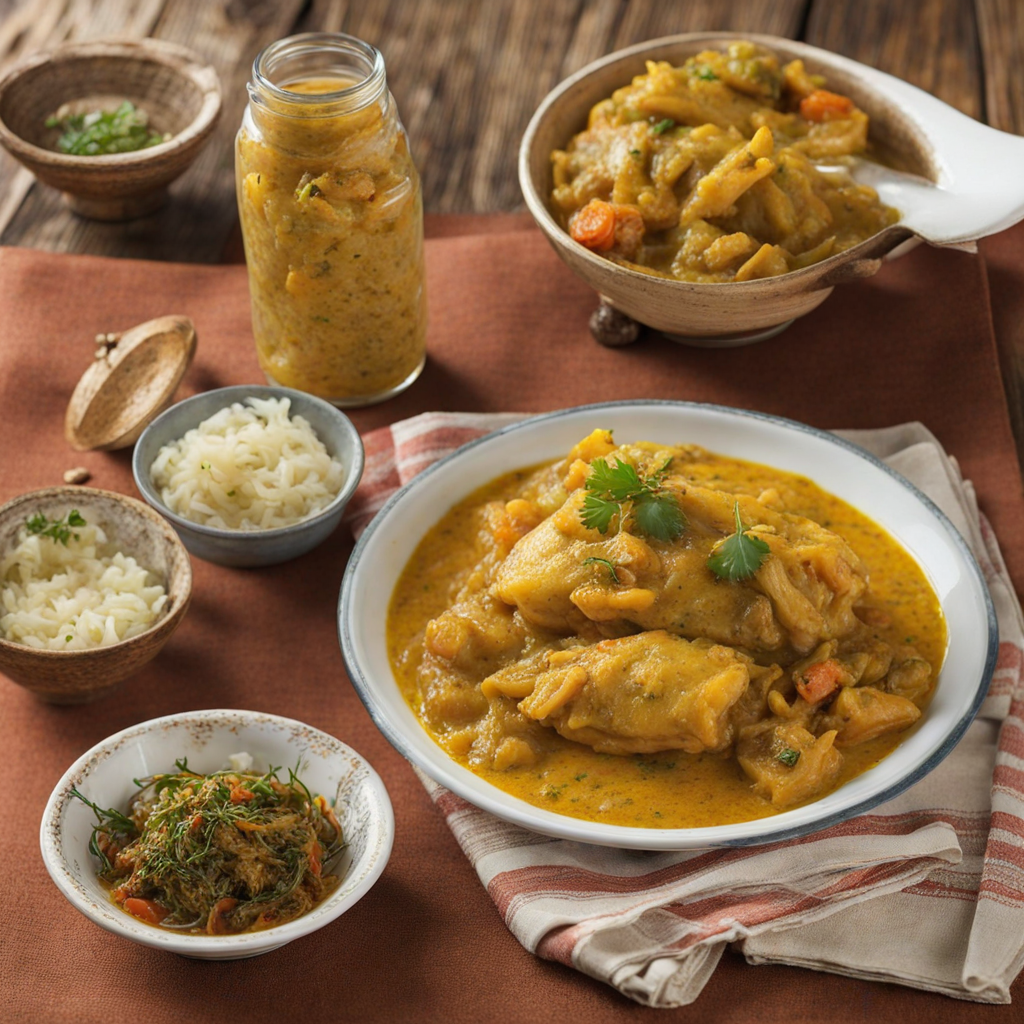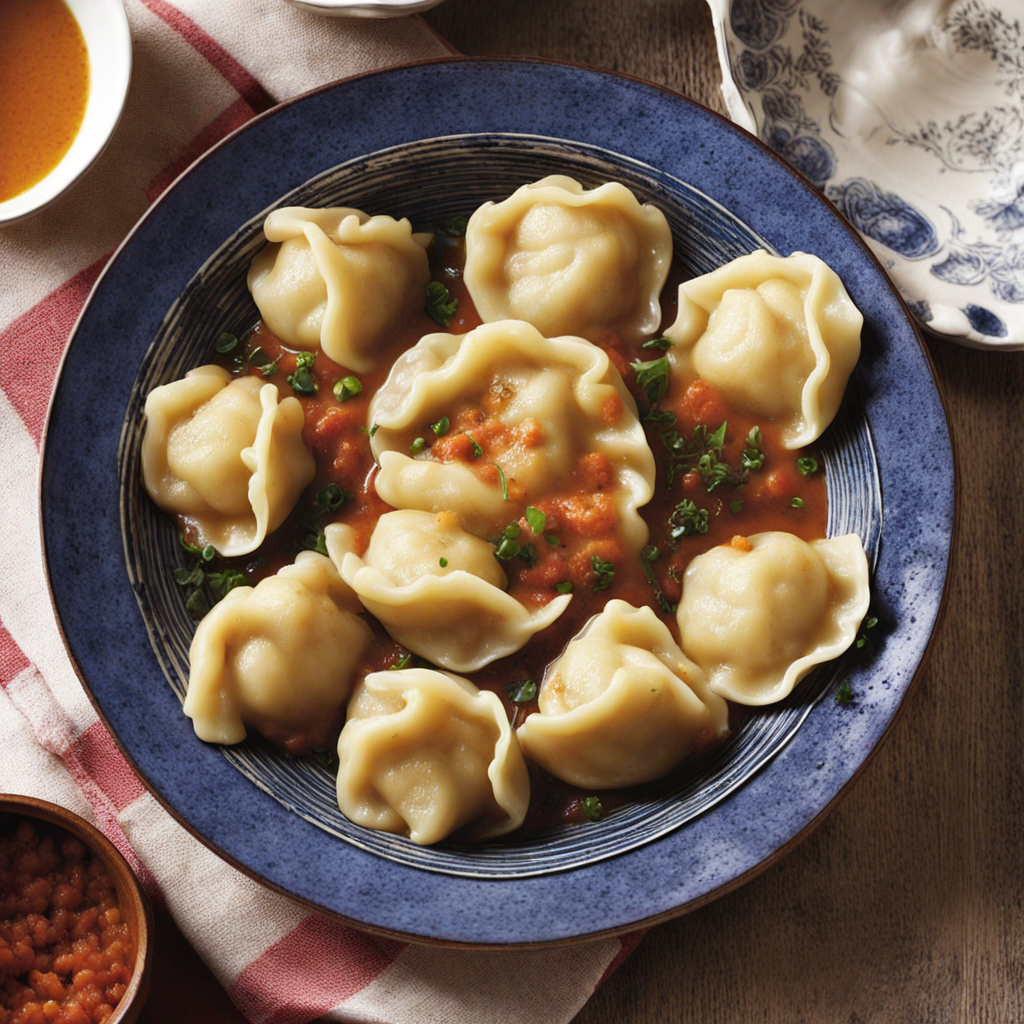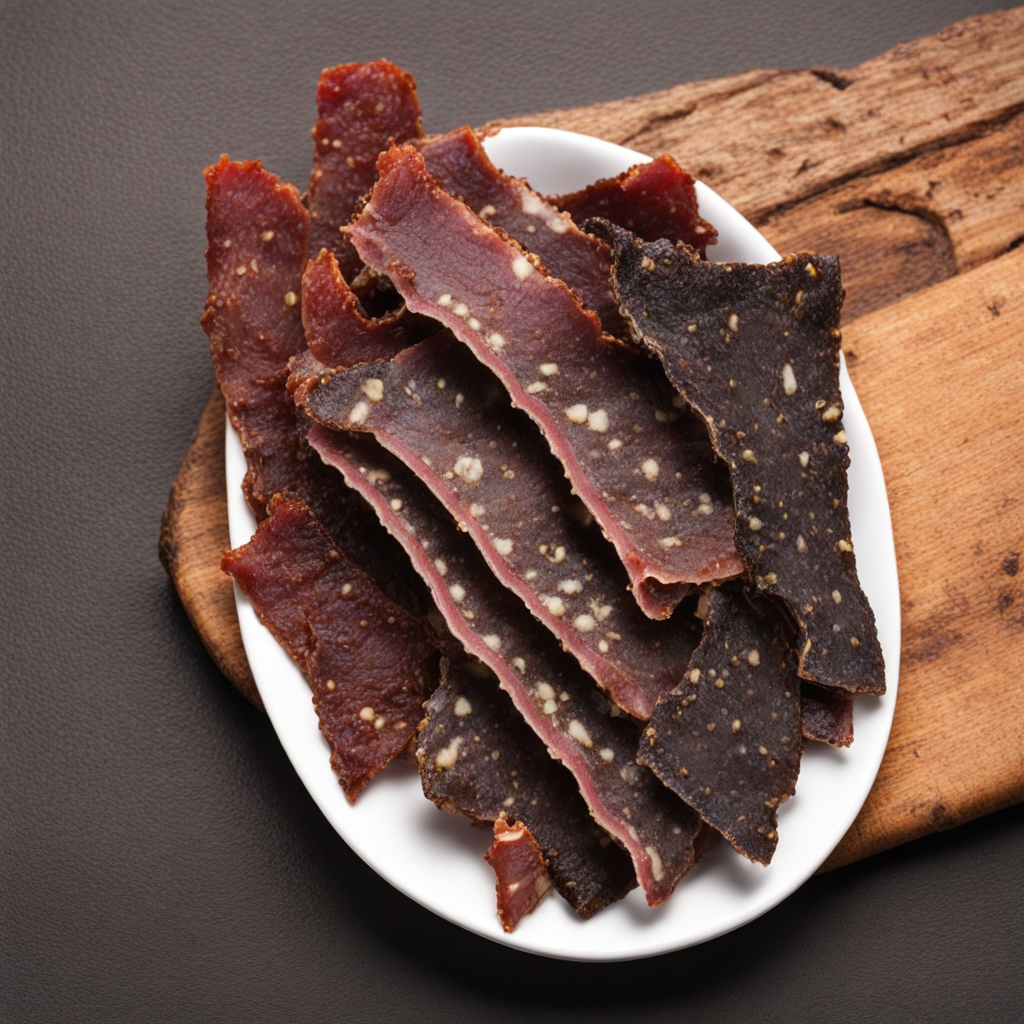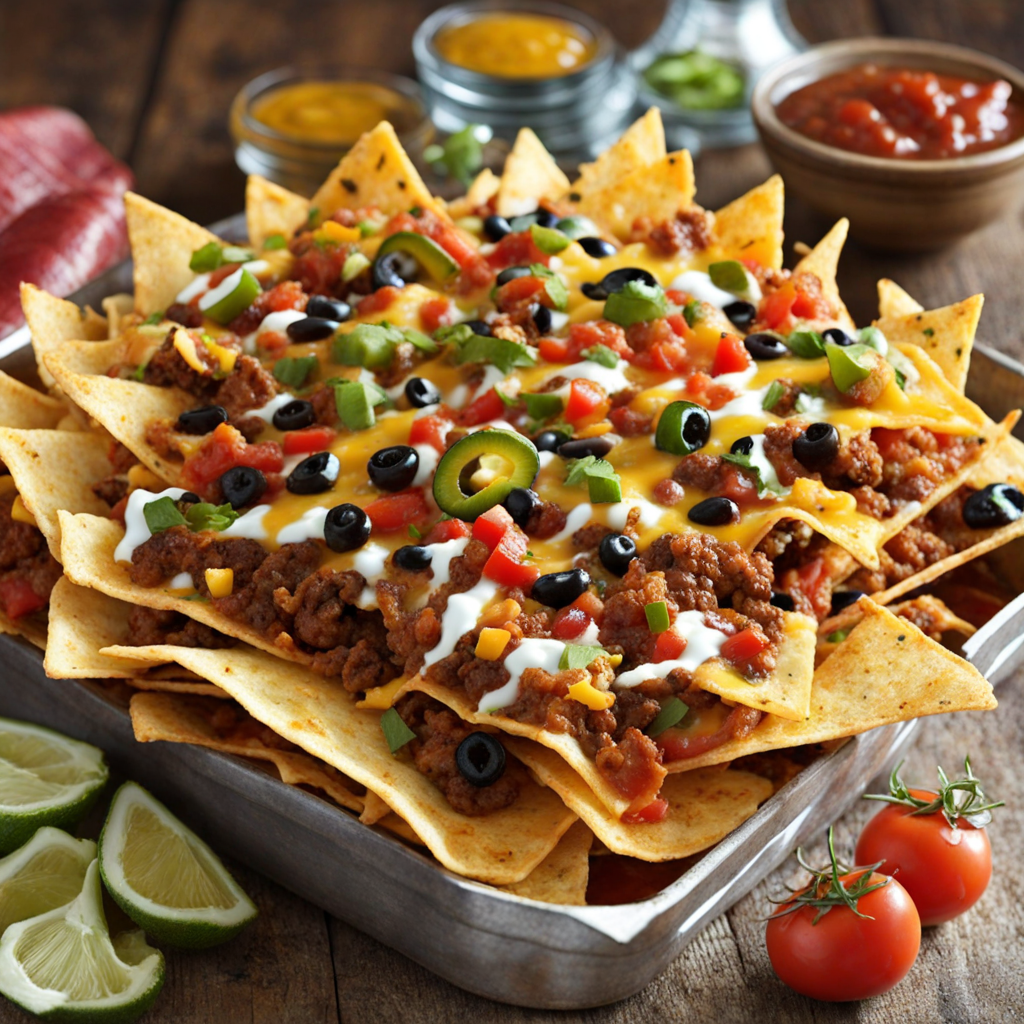Skilpadjies
Skilpadjies are a traditional South African dish that showcases the rich flavors and culinary heritage of the region. These delightful morsels consist of minced lamb or beef, seasoned with a blend of aromatic spices, and wrapped in a caul fat casing. The caul fat, which is a thin layer of fat that surrounds the internal organs of animals, not only helps to keep the meat moist during cooking but also imparts a subtle richness that enhances the overall flavor profile of the dish. The mixture is often infused with herbs like rosemary and thyme, giving it an earthy aroma that tantalizes the senses. Once prepared, skilpadjies are typically grilled or braaied over an open flame, allowing the fat to render and the exterior to develop a crispy, golden-brown crust. The grilling process creates a delightful contrast between the tender, juicy meat inside and the crunchy exterior, making each bite a textural delight. As they cook, the savory scents waft through the air, inviting everyone to gather around and enjoy this mouthwatering dish, often served with a side of traditional South African braai accompaniments such as pap (a maize porridge) or a fresh salad. Skilpadjies are not just a dish; they are an experience that reflects the communal spirit of South African cuisine. Often enjoyed during festive gatherings or family barbecues, these flavorful bites bring people together, encouraging sharing and conversation. With their unique combination of flavors and textures, skilpadjies offer a taste of South Africa's diverse culinary landscape, making them a must-try for anyone looking to explore new and exciting food experiences.
How It Became This Dish
Skilpadjies: A Culinary Journey through South Africa’s Heritage Origin and Early History Skilpadjies, a traditional South African dish, has its roots deeply embedded in the culinary practices of the country’s indigenous peoples as well as its colonial history. The name "skilpadjies" is derived from the Afrikaans word for "tortoises," which is a nod to the dish’s distinctive shape — small, round, and often resembling the shell of a tortoise when wrapped in the caul fat (the thin membrane that surrounds the internal organs of animals) and grilled over an open flame. The origins of skilpadjies can be traced back to the indigenous Khoisan people, who were known to use available game and offal in their cooking. As the European settlers arrived in the Cape in the 17th century, they brought with them their own culinary traditions, which included the use of various meats and spices. This melding of cultures led to the formation of a unique South African cuisine that incorporates local ingredients and traditional cooking techniques. Historically, skilpadjies were made using lamb or sheep offal, particularly the liver and kidneys, along with herbs and spices. The use of offal was a means of utilizing the whole animal, a practice that is both sustainable and respectful of the resources provided by nature. The dish became particularly popular among the Afrikaner community, who embraced it as a staple at social gatherings, festive occasions, and braais (barbecues). Cultural Significance Skilpadjies hold a significant place in the tapestry of South African culture and cuisine. They embody the spirit of communal eating, which is a cornerstone of social interaction in South Africa. The preparation and consumption of skilpadjies often bring families and friends together, creating a sense of camaraderie and shared identity. Another layer of cultural significance lies in the dish's association with the braai, an integral part of South African culture. The braai is not just a method of cooking; it represents a lifestyle and a way of celebrating life’s milestones. Skilpadjies are a popular choice for braais, often served alongside boerewors (a traditional South African sausage) and a variety of salads, relishes, and bread. The act of gathering around the fire, sharing stories, and enjoying food is a cherished tradition that transcends cultural and racial boundaries in South Africa. Moreover, skilpadjies have found their way into the culinary offerings of various restaurants and food markets across the country, showcasing the dish’s versatility and adaptation to modern tastes. Chefs have begun to experiment with different fillings, spices, and cooking methods, ensuring that this traditional dish remains relevant in contemporary South African cuisine. Development Over Time As South Africa underwent significant social and historical changes, so too did its culinary landscape. The introduction of new ingredients from the diverse ethnic groups in the country, including the Indian, Malay, and African communities, enriched the flavors and preparation of skilpadjies. The use of spices such as coriander, cumin, and chili has become increasingly common, providing a flavor profile that reflects the multicultural nature of South African society. In the late 20th century, with the end of apartheid and the emergence of a new democratic South Africa, there was a renewed interest in traditional foods and a push towards preserving culinary heritage. Skilpadjies became a symbol of this movement, representing not only the flavors of the past but also the hope for a shared future. Food festivals and heritage days often feature skilpadjies, celebrating the dish as a unifying element in a country known for its rich diversity. The rise of the slow food movement in the 21st century has further contributed to the popularity of skilpadjies, as people increasingly seek out authentic, locally-sourced foods that tell a story. This trend has encouraged many home cooks to explore traditional recipes, passing down the techniques and flavors to the next generation. Moreover, the global interest in South African cuisine has led to skilpadjies being featured in cookbooks and food blogs, allowing international audiences to discover and appreciate this unique dish. Chefs in South Africa and abroad have begun to incorporate skilpadjies into their menus, often presenting them with a modern twist while maintaining their traditional roots. Modern Interpretations and Variations Today, skilpadjies can be found in various forms and interpretations. While the classic version remains beloved, modern chefs have embraced the opportunity to innovate. Some have experimented with different types of meat, such as beef or game, while others have introduced vegetarian alternatives, using ingredients like mushrooms or lentils to create a similar texture and flavor profile. Additionally, the presentation of skilpadjies has evolved. Where they were once simply grilled and served on skewers, they can now be found plated elegantly in fine dining establishments, accompanied by gourmet sauces and sides. This evolution reflects a broader trend in South African cuisine, where traditional dishes are being elevated to new culinary heights while still honoring their origins. Conclusion Skilpadjies are more than just a dish; they are a reflection of South Africa’s complex history, cultural diversity, and evolving culinary landscape. From humble beginnings rooted in indigenous traditions to a beloved staple at modern gatherings, skilpadjies embody the spirit of togetherness and celebration. As they continue to adapt and thrive in contemporary cuisine, skilpadjies remain a delicious reminder of the rich heritage that shapes South Africa’s food culture. In every bite, one can taste the stories of generations, the melding of cultures, and the promise of unity through shared meals.
You may like
Discover local flavors from South Africa


